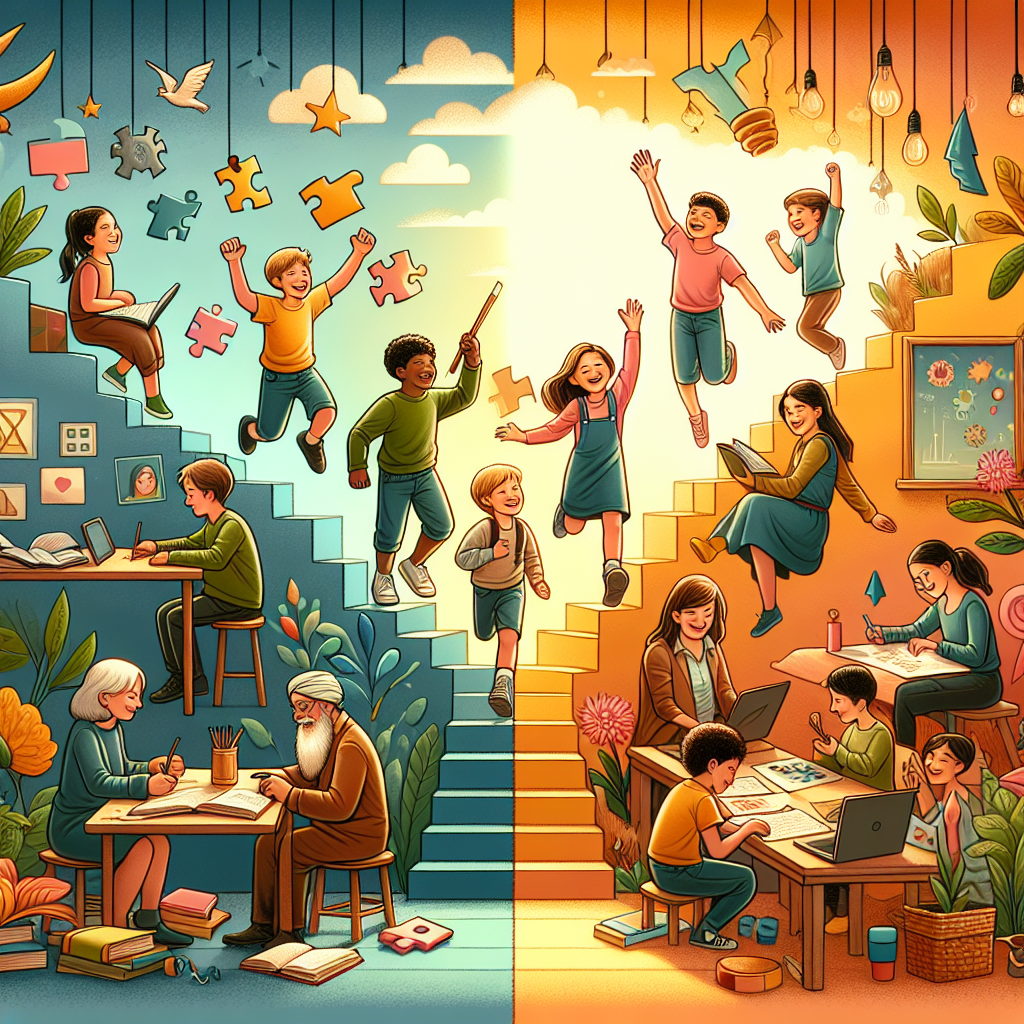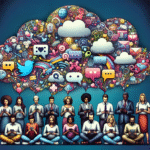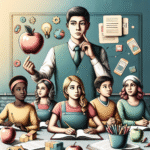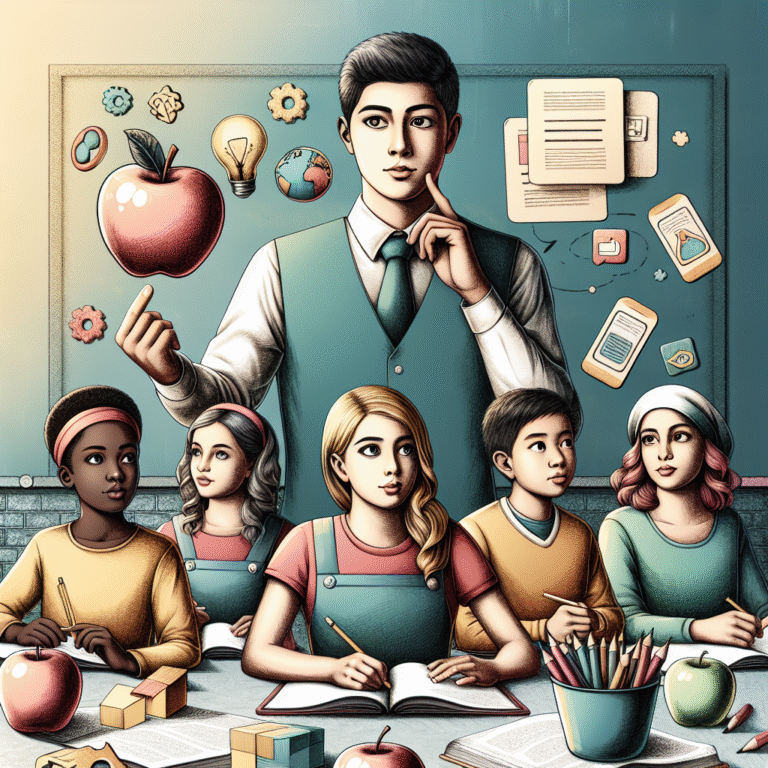
From Struggles to Strengths: Celebrating the Unique Gifts of Children with Learning Disabilities
Introduction
In a world increasingly focused on achievement and conformity, children with learning disabilities often face overwhelming challenges that can overshadow their unique gifts and perspectives. The journey from struggles to strengths is not just a path of resilience, but an opportunity to celebrate the incredible potential that lies within these children. Understanding and appreciating the unique gifts of children with learning disabilities is essential, not just for their personal growth but also for enhancing the richness of our communities.
This article delves into the unique abilities of children with learning disabilities, emphasizing how these differences can transform struggles into valuable strengths. By working to recognize and celebrate these traits, we can equip ourselves and our children with the tools needed for a more inclusive, diverse, and empathetic future.
Understanding Learning Disabilities
What Are Learning Disabilities?
Learning disabilities are neurologically-based processing problems that can interfere with learning basic skills such as reading, writing, or math. They can also affect higher-level skills, including organization, time management, and social interaction.
According to the Learning Disabilities Association of America (LDA), learning disabilities can manifest in various ways, and include:
- Dyslexia – Difficulty with reading and related language-based processing skills.
- Dysgraphia – Difficulty with writing, including handwriting, typing, and spelling.
- Dyscalculia – Difficulty in understanding numbers, math concepts, and manipulating numbers.
- Auditory Processing Disorder – Difficulty processing auditory information.
Understanding these disabilities enables caregivers and educators to develop appropriate strategies and interventions, turning potential roadblocks into stepping stones for success.
The Continuous Spectrum of Learning Disabilities
It’s essential to recognize that learning disabilities exist on a spectrum. While some children may exhibit mild difficulties, others may face significant challenges. However, a child’s determination, creativity, and resilience often shine through, illuminating their unique strengths.
The Unique Gifts of Children with Learning Disabilities
Creativity and Out-of-the-Box Thinking
Children with learning disabilities often display heightened levels of creativity and resourcefulness. Their unique cognitive processing can lead to innovative problem-solving techniques and fresh perspectives on issues, as they may not adhere to conventional thought patterns.
Case Study: Child Artist
A prime example is the story of Lana, a child diagnosed with dyslexia. While she struggled in traditional reading and writing tasks, her artistic abilities flourished. By channeling her challenges into her passion for painting, Lana developed a distinctive style that expressed her thoughts and feelings in ways that words could not.
Analysis: Lana’s case demonstrates how children with learning disabilities can excel in creative fields, using their struggles as catalysts for enhanced artistic expression.
Resilience and Perseverance
Many children with learning disabilities develop an innate sense of resilience. Facing challenges daily equips them with the strength to push through obstacles and build determination.
Case Study: Competitive Athlete
Sam, a boy with dysgraphia, struggled with handwriting but excelled in sports. His coaches noted that his ability to face his difficulties head-on contributed to his remarkable perseverance in athletics. Overcoming hurdles in his training mirrored the challenges he faced in academia.
Analysis: Sam’s experience showcases how the skills developed through overcoming hardship can translate into other areas, reinforcing the concept of strength derived from struggle.
Empathy and Teamwork
Due to their unique experiences, children with learning disabilities often become more empathetic and attuned to the feelings of others. Their challenges foster a sense of camaraderie and collaboration, essential for teamwork.
Case Study: Group Project Success
In a school project, a group of children worked alongside Alex, who has ADHD. His capacity to understand varying perspectives contributed significantly to the project. They embraced strengths from each member, demonstrating the power of teamwork and collective success.
Analysis: Alex’s ability to foster connections allows others to feel valued, reflecting how children with learning disabilities can create supportive environments that emphasize empathy and cooperation.
Cognitive Diversity
Children with learning disabilities contribute to cognitive diversity, an essential concept in education and the workplace. Their unique ways of thinking offer fresh ideas and solutions that enrich group problem-solving processes.
Case Study: Innovative Tech Solution
In a tech class, Zoe, who has auditory processing disorder, proposed an unconventional solution to a recurring software issue. By visualizing the problem rather than following traditional steps, she opened doors to a more efficient workflow for her peers.
Analysis: Zoe’s innovative thinking not only helped solve a problem but demonstrated how cognitive diversity enhances learning environments and drives progress.
Strategies for Celebrating Unique Gifts
Emphasizing Strength-Based Approaches
When supporting children with learning disabilities, focusing on their strengths rather than deficits is crucial. Educators and parents should highlight their achievements and interests and incorporate these into their learning plans.
Tailoring Educational Practices
Adaptive learning tools and strategies can help children thrive, such as:
- Multi-sensory Learning: Engaging multiple senses can enhance understanding and retention.
- Visual Aids: Charts, diagrams, and visual timelines can translate complex information into manageable chunks.
- Assistive Technology: Tools like speech-to-text software or audiobooks can provide crucial support.
Building a Supportive Environment
Creating an inclusive classroom and home environment encourages children to embrace their identities. Encouragement from peers, parents, and educators fosters a sense of belonging, which is vital for self-esteem and motivation.
The Role of Community and Advocacy
Raising Awareness
Community initiatives that promote awareness and understanding of learning disabilities are critical. Workshops, seminars, and outreach programs can help break down stigma and foster acceptance.
Advocating for Policy Change
Families and advocates must work together to influence educational policies that support children with learning disabilities. Educational systems should prioritize individualized education plans (IEPs) and ensure that resources are allocated effectively.
Conclusion
The journey from struggles to strengths is not just about overcoming obstacles; it is about recognizing, nurturing, and celebrating the unique gifts of children with learning disabilities. By adopting strength-based approaches and advocating for supportive environments, we can create a world where every child is empowered to realize their potential.
As parents, educators, and community members, let us commit to celebrating the extraordinary capabilities of these children, understanding that their unique perspectives enrich us all. The next time we witness a child navigating challenges, let us remember that their determination and creativity are not just traits to admire; they are strengths waiting to be unveiled.
FAQs Section
1. What are the common types of learning disabilities?
Learning disabilities can include dyslexia, dysgraphia, dyscalculia, and auditory processing disorder, each affecting different aspects of learning.
2. How can I support my child with a learning disability?
Focus on their strengths, tailor learning strategies to their needs, and create a supportive environment that encourages open communication.
3. Are children with learning disabilities less intelligent?
No, learning disabilities do not reflect a child’s intelligence. Many children with learning disabilities are highly intelligent and simply process information differently.
4. How can educators help children with learning disabilities in the classroom?
Educators can implement multi-sensory learning techniques, use assistive technology, and create individualized education plans (IEPs) to cater to their unique needs.
5. What role do parents play in supporting children with learning disabilities?
Parents can advocate for their children’s educational rights, create a positive home learning environment, and celebrate their unique strengths to enhance their confidence.
This article is designed to inspire and inform, shifting the perspective on learning disabilities from simply viewing them as challenges to celebrating the unique gifts and strengths they can cultivate. By putting the focus on these abilities, we pave the way for a more inclusive and supportive future for all children.













